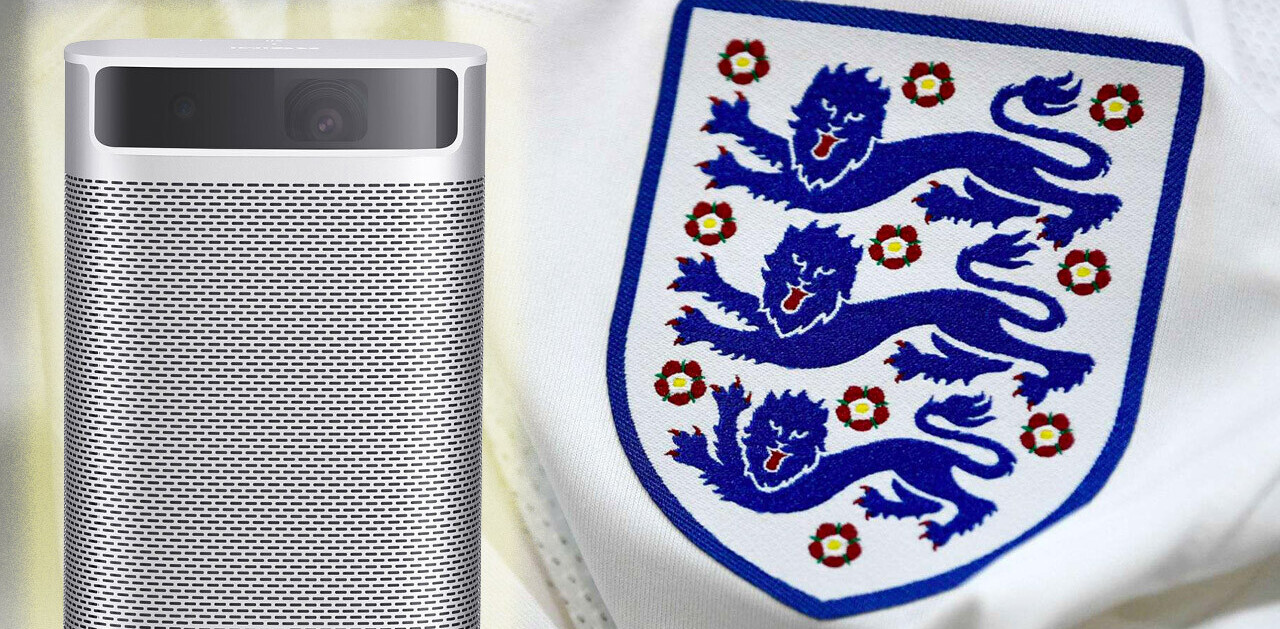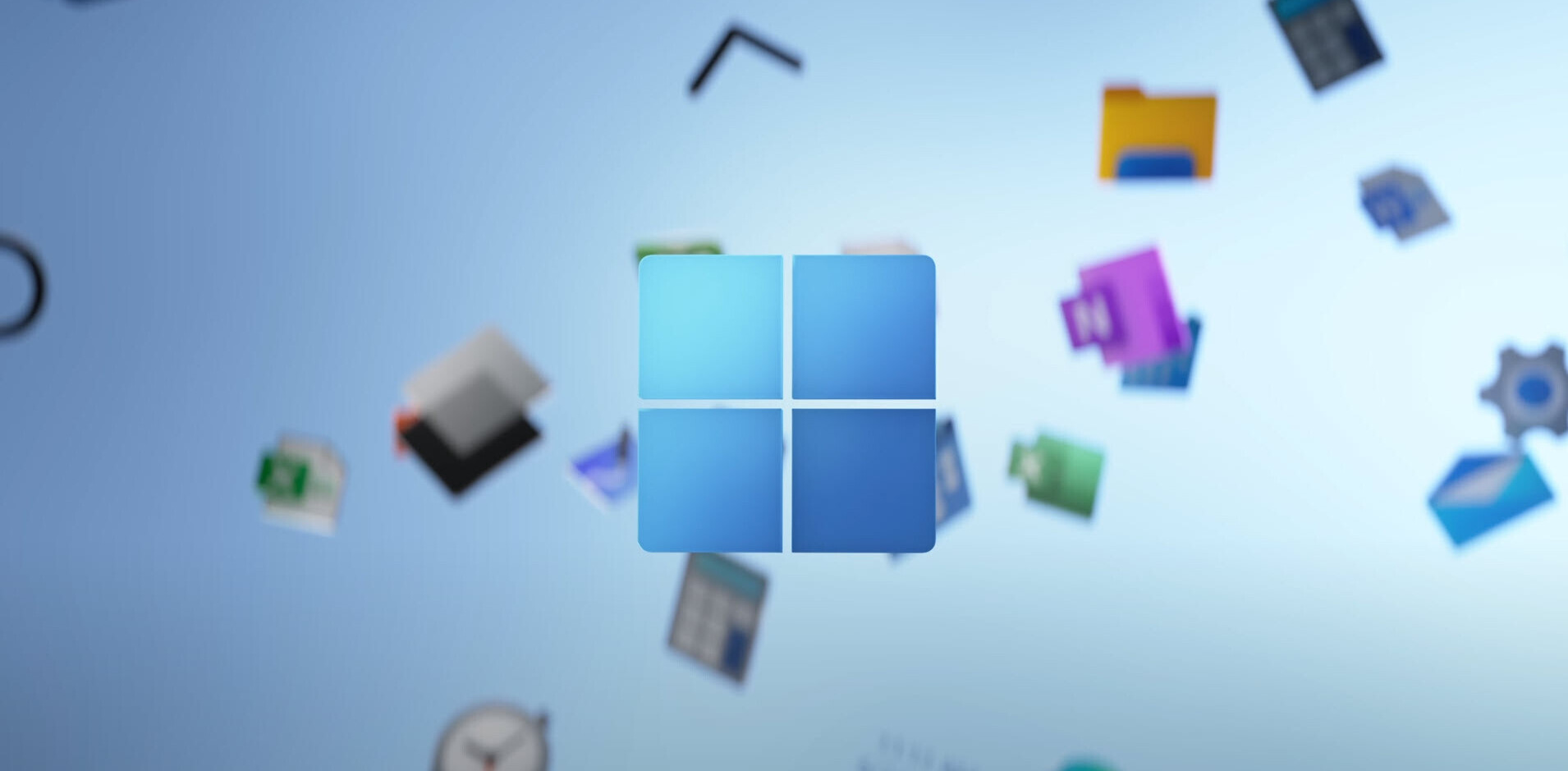At long last, Project Ara is becoming a tangible product people can actually use. Google will be shipping out developer units this fall, and a consumer version will launch in 2017.
That said, the company had to make some tough choices to get Ara where it is now.
If you’re not familiar, Project Ara was the first phone concept to really get people excited about modular devices. Arguably the most ambitious phone since the original iPhone – perhaps ever – it was worrisome when the team behind it went virtually silent after a rousing presentation at last year’s I/O.
Now Google has explained that getting the phone to consumers meant making some big changes to the original concept.
Most notably, it’s a lot less modular. The display, processor, RAM, and storage are locked into the frame. Google found most people don’t care about these specs as long as the phone works well, and it saved the a lot of design trouble. It also hasn’t finalized what the exact specs will be, although we know the screen size is 5.3 inches.
Modules are also now standardized, meaning you can plug any module into any slot, so long as it fits. That should help prevent consumers from screwing up the switching process, and simplifies things in the backend.
There are six slots total, and modules come in 1×2 rectangles or 2×2 squares. In the video above, Google shows off a variety of modules:
- An e-ink display for notifications or glanceable information.
- Camera modules with different lenses and/or sensors
- Speaker and microphone arrays
- A kickstand
- Programmable touch-sensitive module
- Nonfunctional ‘style’ modules
- Fingerprint reader
And of course, many more are to come.
Google has also improved the way you actually change the modules; everything is controlled through software, which will help prevent mechanical failures.
A button on the side of the phone will bring up a setting menu to eject a component. Better yet, you can just say ‘Ok Google, eject the camera’ to swap that piece for a different one. This is the future.
According to Wired, about 30 people at Google now use an Ara phone as their daily driver. Google is so dedicated to the phone, in fact, that it’s now made Project Ara its own division, independent of the ATAP (Advanced Technology and Projects) team where it was conceived.
Some users are sure to be upset by the changes in the earlier prototype. The lack of an upgradeable processor and RAM is particularly disheartening. The same goes for the fixed screen, given the likely improvements we’ll see in display technology over the years with the advent of Google’s own Daydream VR platform.
Locking in those components was probably the most effective way of ensuring customers won’t screw up their devices by messing with crucial components, but it does dampen the promise of a modular phone for us tech nerds.
That doesn’t stop the phone from being exciting, especially now that it’s more tangible than ever. Developers can head on over to Ara’s website to sign up for more information about Ara, or express interest in developing a module. For the rest of us, I can’t wait till 2017.
Get the TNW newsletter
Get the most important tech news in your inbox each week.





